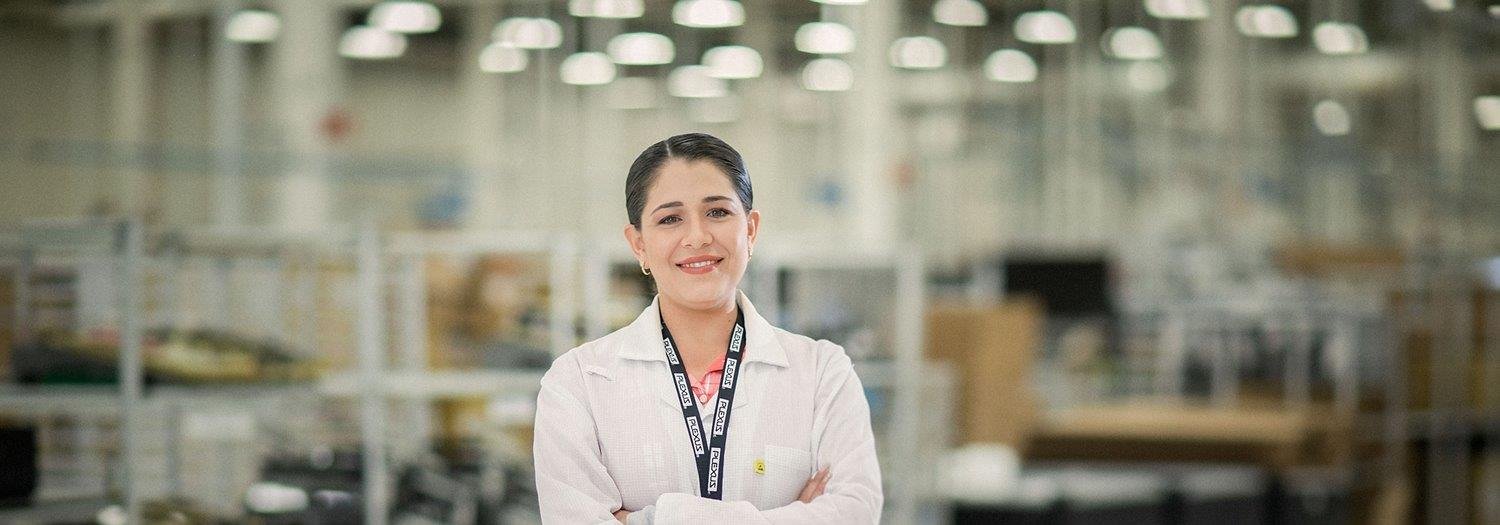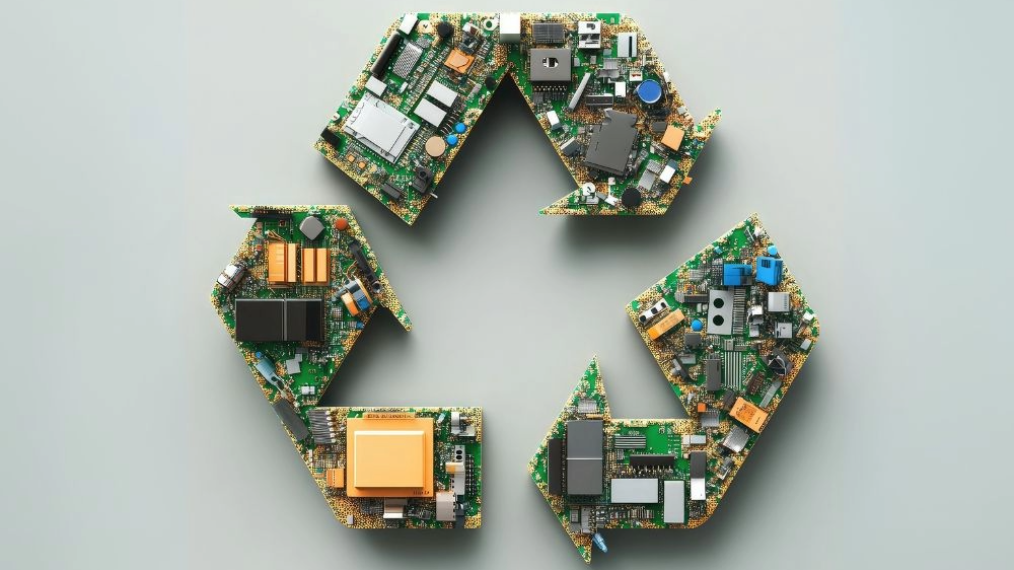Risk-Free Manufacturing Transitions

In the competitive and diverse world of electronic manufacturing services (EMS), carefully managing product transitions into manufacturing is crucial to enable a successful product market launch for our customers. Different manufacturing locations, complex supply chain architectures, product technology, quality and regulatory requirements and the unique needs of each partner will influence the complexity of each transition. Furthermore, a transition project maybe required at any point in a product’s lifecycle. From introducing a new product to market, to market-driven changes requiring the restructuring of a manufacturing facility, to switching suppliers or locations, every transition program has its own unique critical success factors and risks.
The science: critical elements for transition success
To deliver each transition project successfully, a number of functional areas need to be aligned, including: supply chain, design and development, manufacturing, quality, regulatory and compliance and human resources. Strong relationships, maneuverability and communication across these functions are critical elements for success. For multi-regional programs, the use of advanced I.T. (Information Technology) tools offer faster modes of collaboration, regardless of time-zones. In many ways, transition management is a change management activity. Professional change management and project management skills are required to be successful.
A detailed transition project plan, managed by a professionally qualified Transition Manager will bring together all of the stakeholders and ensure a smooth transition outcome. All Plexus Transition Managers are members of the Project Management Institution (PMI) and the majority have Project Manager Professional (PMP) certification). As many transition programs cross cultural and regional borders, a standardized and agreed upon approach that aligns all stakeholders to tasks, direction and priorities ensures high service standards and results. Through these consistent tools and processes, Plexus can deliver consistent customer service excellence and also help position our manufacturing operations for Operational Excellence. Building trust to enable stakeholder collaboration is essential as transition programs frequently occur when a customer is facing challenges, therefore deploying a consistent methodology reduces project risks and provides necessary reassurances while also making the process as simple as possible for our customers. Poorly managed transitions can create reputational damage for our customers and generate unnecessary costs. Therefore, achieving risk-free transitions is essential to our customers’ ongoing success.
Why having a dedicated transition manager makes a difference?
It is common practice in many organizations to use the team that will be managing projects on a day-to-day basis to oversee transitions. This can lead to missed program requirements as resources are stretched as they also focus on ‘the day job’. When you consider the number of variables within a transition program, success is more likely if there is a dedicated and experienced ‘safe pair of hands’ that brings the necessary expert knowledge and bandwidth to lead your transition project.
Transition Scenario: Re-structuring a factory
A customer was planning to close two of its manufacturing facilities in the UK. This decision was to enable improved financial performance and establish a focus on core business competencies, which no longer included manufacturing. This can obviously be a delicate situation due to the reduction of employment within the customer’s facilities. Ensuring that the product and manufacturing process knowledge is captured during the transition while also providing a realistic timeline that met customer expectations was critical. Over 60% of the business was to remain in the UK, with the remainder moving offshore to further reduce costs. Through the leadership of the Transition Management team and the creation and implementation of a collaborative program model, the transition was completed successfully in nine months without any disruption to end-customer supply.
Due to the dynamic nature of product development and time-to-market requirements for innovative products, the Transition Manager needs to be flexible enough to cope with any unexpected engineering change orders, or customer requests, as quickly as possible.
Transition Scenario: New Product Introduction
During the development of a surgical robotic system, the Transition Manager and Engineering Team worked collaboratively with the customer to design the product along with test equipment required for manufacturing. This effort involved multiple design teams spanning across North America and Europe. The Transition Team supported the move from multiple customer design teams and Plexus internal design teams into manufacturing in North America. The transition of more than fifty printed circuit board assemblies and six complex high level assemblies was complex. A localized supply chain was developed to achieve quality requirements, secure cost reductions and more efficient lead times as the product developed for production readiness. The product also required FDA 510(k) certification. Plexus’ intimate understanding of the rigorous requirements associated with FDA 510(k) certifications was a key differentiator that supported the customer’s needs as they prepared to introduce the product to market. The process from design concept to manufacturing was completed in 36 months.
Transition Scenario: Moving supplier
Transferring from one manufacturing partner to another can be required for a number of reasons such as: not receiving the level of customer service expected, the need to expand into a new market, the need for additional capacity or increased availability to skills and technology. Due to competitive relationships and non-disclosure agreements, there are potential challenges; therefore, careful stakeholder management is required. For example, the transfer of inventory may lead to issues with material format and condition. In these cases, the transition manager will be relying on their experiences and processes to mitigate problems ahead of time to ensure the overall success of the transition.
For one customer in the heavy equipment market, we transitioned 2 high power inverters for Diesel/Electric hybrid off road equipment from their previous manufacturing partner. The products included PCBA, complex mechanical assembly and multiple stage test including low voltage, high voltage and water ingress (leak) testing. We were tasked with transitioning the PCBAs, mechanical product assembly and replication of the $1 million test system. Due to scale and complexity of the products as well as the need to ensure these were fast tracked, Plexus assigned transition managers for each of the invertors to ensure success. We have continued to leverage the transition team to launch four additional new programs successfully in the first two years of this customer engagement. These included two further invertors, a power electronics module and a mobile equipment charger, all of which were managed by different design teams within our customer’s organization.
The key to delivering risk-free transition programs is to deploy a structured process led by an experienced transition program and project management team. Their expert knowledge, tools, processes and training will allow them to deliver to customer’s critical success factors. By deploying this ‘safe pair of hands’, potential risks will be anticipated, problems can be predicted and resolved with less impact and the transition journey will be completed with confidence and success for both the customer and transition team.


